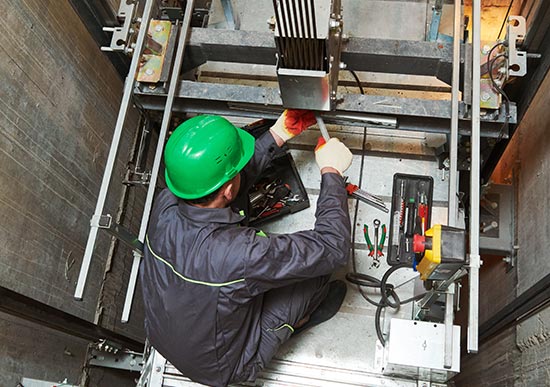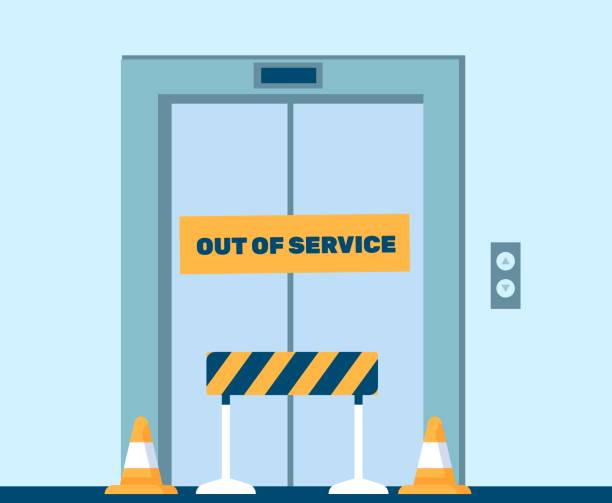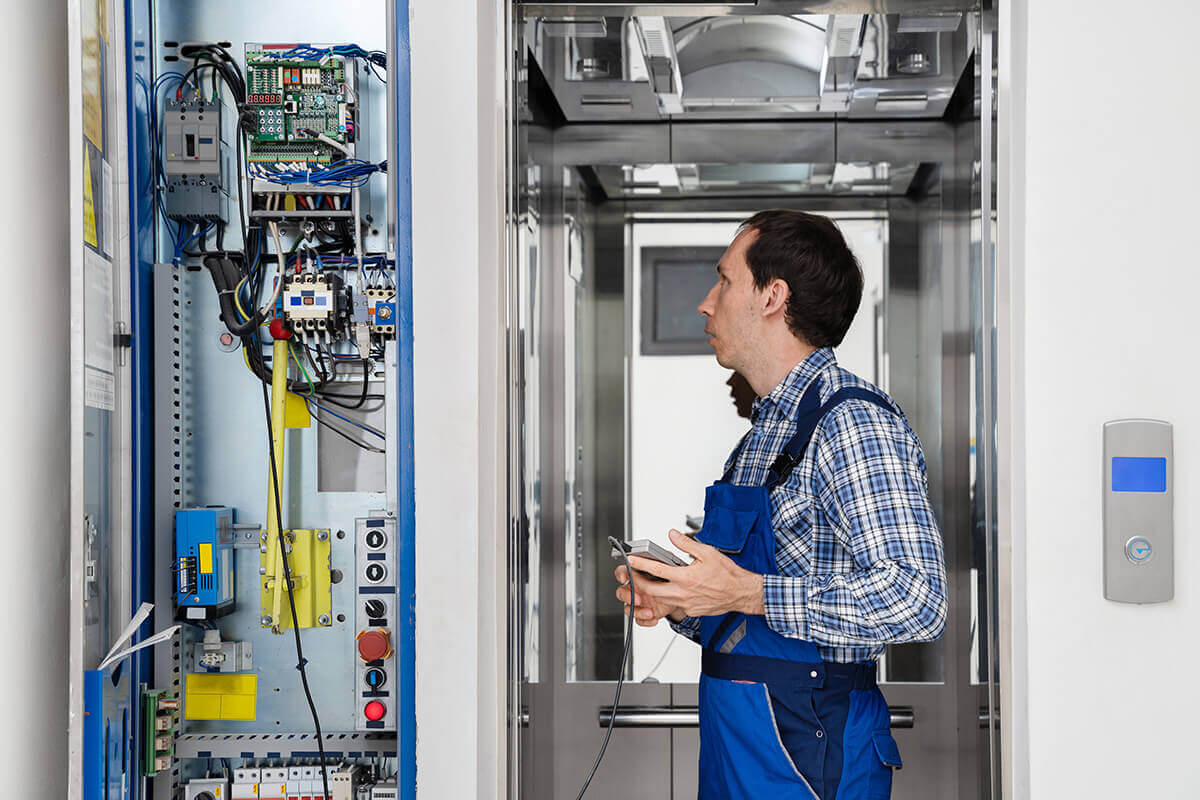How Lift Maintenance London Stands Out Amongst Local Lift Repair Companies
Comprehensive Overview to Lift Systems and Their Maintenance
Navigating the detailed globe of elevator systems and their maintenance is a job that requires precision and expertise. From the various kinds of elevator systems in use to the careful adherence to safety and security regulations, the maintenance of these upright transport devices is a multifaceted endeavor.
Kinds of Lift Equipments
The most usual kinds include hydraulic lifts, traction lifts, machine-room-less lifts, and vacuum cleaner lifts. Hydraulic elevators are perfect for low-rise structures and use a hydraulic piston to relocate the lift cars and truck. Machine-room-less lifts are a space-saving choice as they do not need a different equipment space for the lift equipment.
Each kind of lift system has its very own advantages and disadvantages, making it critical for structure owners and developers to meticulously consider their particular needs prior to picking the most appropriate alternative. Aspects such as building elevation, area availability, power performance, and budget constraints all play a substantial duty in determining the ideal lift system for a particular building.
Typical Upkeep Concerns
Routine upkeep of elevator systems is vital to guarantee smooth procedure and lengthen their life expectancy. Despite regular maintenance, lift systems can still experience typical upkeep issues that require to be immediately addressed to protect against disturbances in service. Normal assessments and aggressive upkeep can assist recognize and deal with these typical maintenance problems before they escalate and impact the overall efficiency of the lift system.
Safety And Security Rules and Conformity
Following stringent safety policies and ensuring compliance with market criteria are paramount for maintaining the operational honesty of lift systems. Elevators undergo a comprehensive set of safety guidelines to safeguard passengers, maintenance workers, and the public. Regulative bodies such as the Occupational Safety And Security and Health Administration (OSHA) in the United States and the European Lift Organization (ELA) in Europe develop guidelines that cover numerous aspects of elevator style, procedure, upkeep, and setup.
Conformity with these laws is not only a legal need however additionally a moral responsibility for building owners and lift maintenance business. Failing to satisfy safety and security standards can result in penalties, lawful liabilities, and, most notably, jeopardize the security of people utilizing the lift. Normal evaluations, maintenance checks, and adherence to safety and security protocols laid out in the laws are necessary to make sure the effective and safe operation of elevator systems. By focusing on safety and security laws and compliance, stakeholders can maintain the depend on of the general public and alleviate possible threats connected with lift usage.
Best Practices for Maintenance

Structure owners should additionally take into consideration spending in modernization upgrades to improve the efficiency and safety and security of their elevator systems. By adhering to these best techniques, lift systems can operate smoothly and safely, supplying trustworthy upright transport for passengers.

Advanced Technologies for Efficiency
Carrying out cutting-edge innovations in lift systems can considerably improve operational effectiveness and passenger experience. These systems enable travelers to input their desired flooring before entering the elevator, which then guides them to the most reliable vehicle.
In addition, the combination of smart sensors and predictive maintenance capabilities has actually reinvented lift upkeep. These sensors can spot possible concerns before they rise, enabling positive upkeep interventions and more helpful hints reducing downtime. Furthermore, making use of energy-efficient components and regenerative drives helps in reducing power consumption and operating expense in lift systems.
Furthermore, the execution of cloud-based tracking and remote diagnostics permits real-time monitoring of elevator performance and immediate troubleshooting of any kind of malfunctions. This proactive strategy not you could try this out only improves system reliability yet additionally improves the overall individual experience by ensuring smooth and continuous lift operations.
Final Thought
In verdict, understanding the different kinds of elevator systems, typical upkeep problems, safety and security policies, ideal maintenance techniques, and progressed innovations for efficiency is crucial for guaranteeing the smooth procedure of lifts. By sticking to security guidelines and executing best practices for maintenance, building proprietors can prolong the life expectancy of their elevator systems and make certain the safety of travelers. It is necessary to remain updated on the latest advancements in elevator technology to boost effectiveness and integrity.
The most typical types consist of hydraulic elevators, grip lifts, machine-room-less lifts, and vacuum cleaner lifts. Hydraulic elevators are ideal for low-rise structures and make use of a hydraulic piston to move the elevator vehicle. Machine-room-less lifts are a space-saving option as they do not need a different device room for the elevator equipment. Routine examinations and proactive maintenance can assist determine and settle these usual upkeep problems before they rise and affect the overall performance of the lift system.
